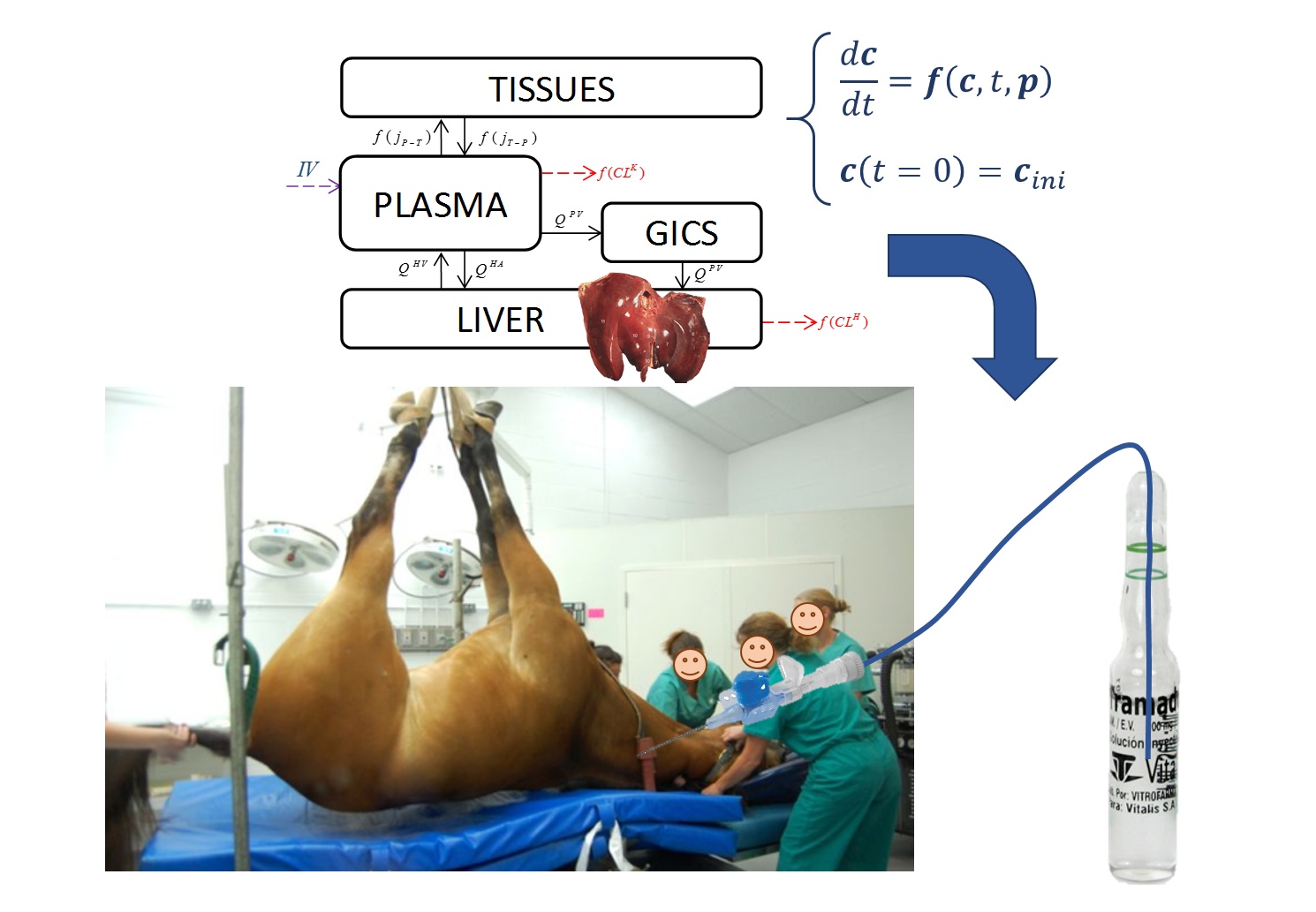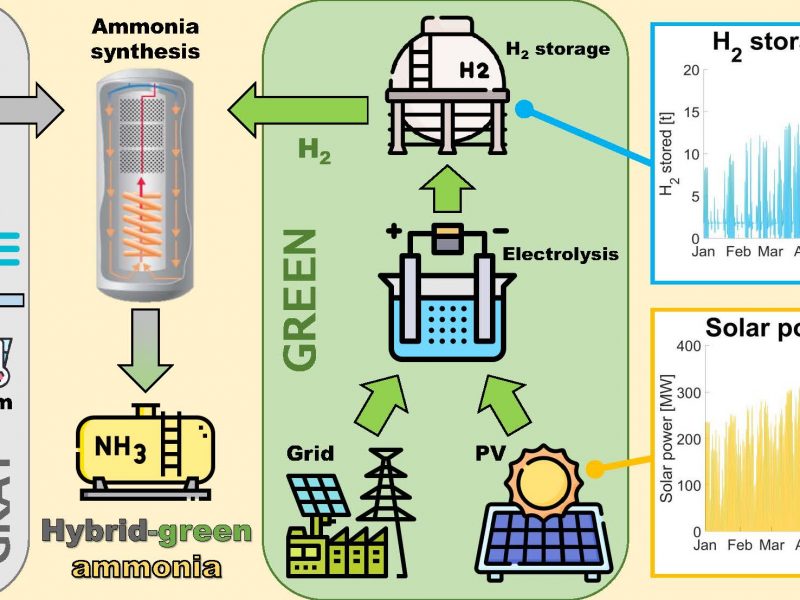A joint collaboration between the Veterinary department of the University of Milan and the PSE-Lab published a new article on Journal of Theoretical Biology.
The universal link is:Â http://dx.doi.org/10.1016/j.jtbi.2017.06.028
A physiologically based model for tramadol pharmacokinetics in horses
Roberto Andrea Abbiati, Petra Cagnardi, Giuliano Ravasio, Roberto Villa, Davide Manca
Abstract
This work proposes an application of a minimal complexity physiologically based pharmacokinetic model to predict tramadol concentration vs time profiles in horses. Tramadol is an opioid analgesic also used for veterinary treatments. Researchers and medical doctors can profit from the application of mathematical models as supporting tools to optimize the pharmacological treatment of animal species. The proposed model is based on physiology but adopts the minimal compartmental architecture necessary to describe the experimental data. The model features a system of ordinary differential equations, where most of the model parameters are either assigned or individualized for a given horse, using literature data and correlations. Conversely, residual parameters, whose value is unknown, are regressed exploiting experimental data.
The model proved capable of simulating pharmacokinetic profiles with accuracy. In addition, it provides further insights on un-observable tramadol data, as for instance tramadol concentration in the liver or hepatic metabolism and renal excretion extent.
Keywords
PBPK model; QSP; Tramadol; Horse; Analgesia.


